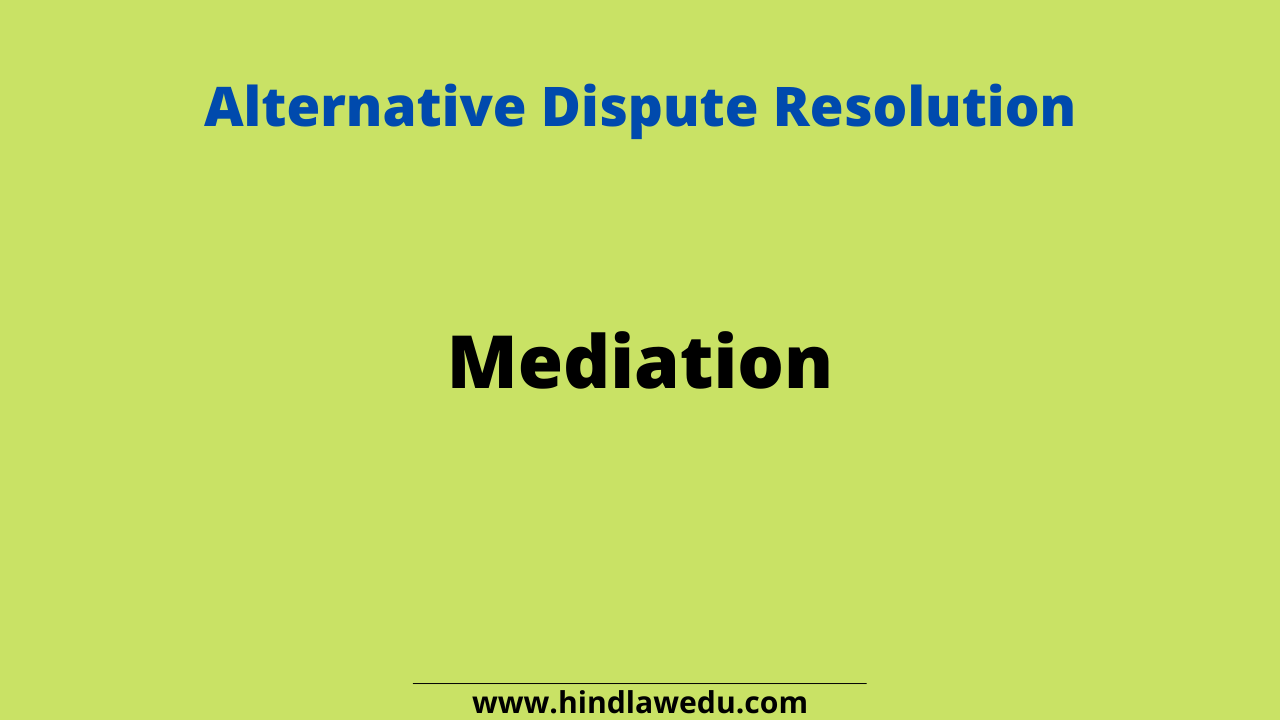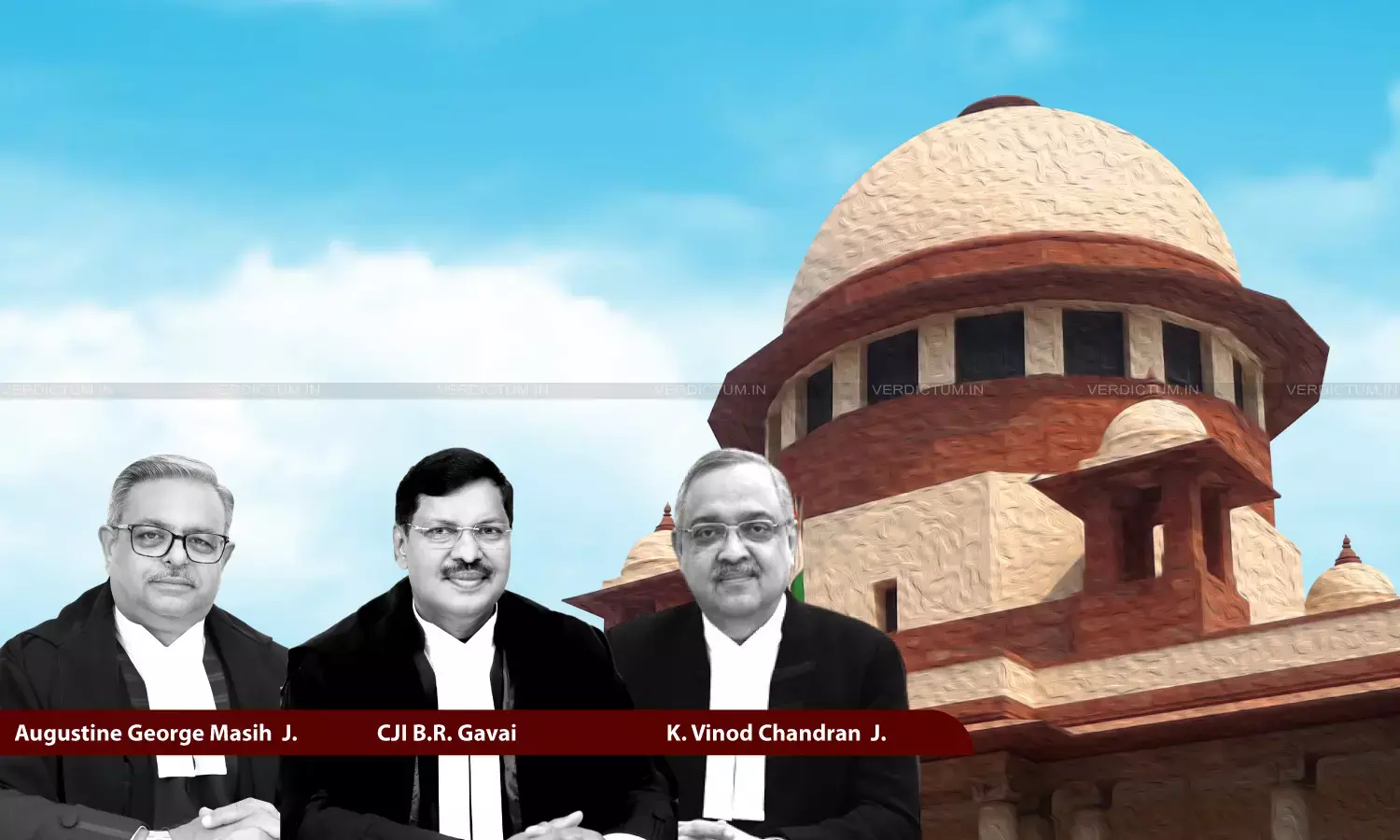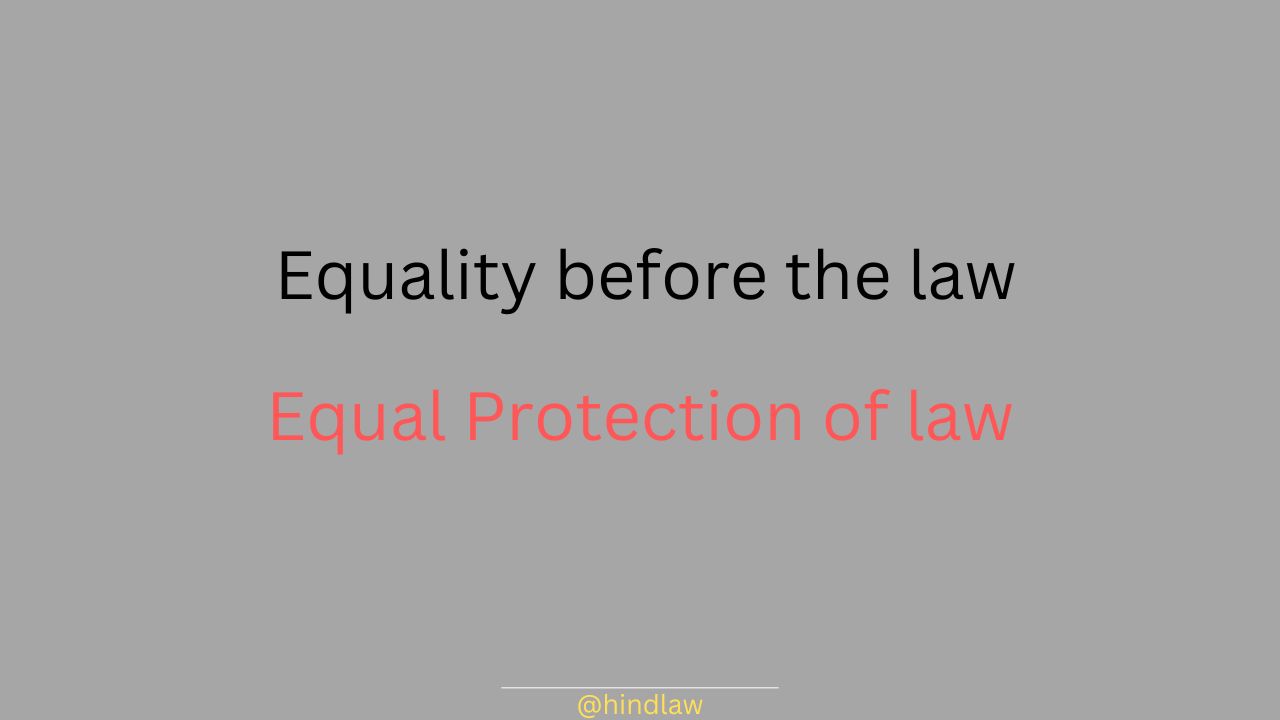Migration
Migration means the process of moving from one location to another by individuals or groups. It involves a change in their permanent place of residence. People move for many reasons and those reasons are called push factors(forced to live their native place) and pull factors(in search of better life and it is voluntary).
Such as economic opportunities, political instability, environmental factors, or personal circumstances. Migration can have significant impacts on both the migrants themselves and the societies or places they leave or join.
There are different types of migration based on various criteria and they are as follows:
1.Internal Migration: the movement of people within the same country or region(from one state to another state). It can be rural to urban migration, where individuals move from rural areas to cities in search of better job opportunities and improved living standards. For example, many individuals in India migrate from rural villages to major cities like Mumbai or Delhi to find employment in industries or services.
2.International Migration: This type of migration involves crossing national borders and moving from one country to another country. It can be further divided into two subtypes and that are:
a. Immigration: it is the movement of persons into a new country(arrival to another country) for the purpose of establishing a permanent residence. For example, people from various countries may immigrate/arrive to the USA to pursue better job prospects, reunite with family members, or seek refuge from conflict or persecution in their home countries.
b. Emigration: Emigration refers to the act of leaving/exit from one’s home country to settle permanently in another. For example, individuals from India may emigrate to the USA in search of better economic opportunities or a higher quality of life.
3.Forced Migration: This type of migration occurs when individuals are compelled to leave their homes against their will due to factors such as conflict, violence, or natural disasters. Refugees, internally displaced persons (IDPs), and asylum seekers are examples of those who experience forced migration. Syrians fleeing the civil war and seeking refuge in neighboring countries or beyond is an example of forced migration.
4.Voluntary Migration: Voluntary migration refers to people willingly choosing to relocate to another place for various reasons, such as better job prospects, education, or lifestyle preferences. A person moving from a small town to a big city for educational opportunities or a job would be an example of voluntary migration.
5.Seasonal Migration: This type of migration involves individuals moving temporarily to another location for a particular season or time period, often for work. Seasonal agricultural workers who move from one region to another to engage in harvesting crops are an example of seasonal migration.
These are just a few examples of migration types, and in reality, migration can be complex, involving a combination of factors and motivations. The specific circumstances surrounding migration can vary greatly, and it is essential to consider the unique experiences of individuals and groups when examining migration patterns and their impacts.
Note: The most common reason for migration in India is marriage. According to Census 2011, 46% of the total migrants moved because of marriage and 97% of them were women.
Programs run by govt. The ‘Garib Kalyan Rozgar Abhiyaan‘ and ‘Atma Nirbhar Rozgar Abhiyan‘ are some of the Government schemes launched by the Modi Government for the migrants.
Maharashtra records the highest migration in India and the United States records the highest migration in the world.














